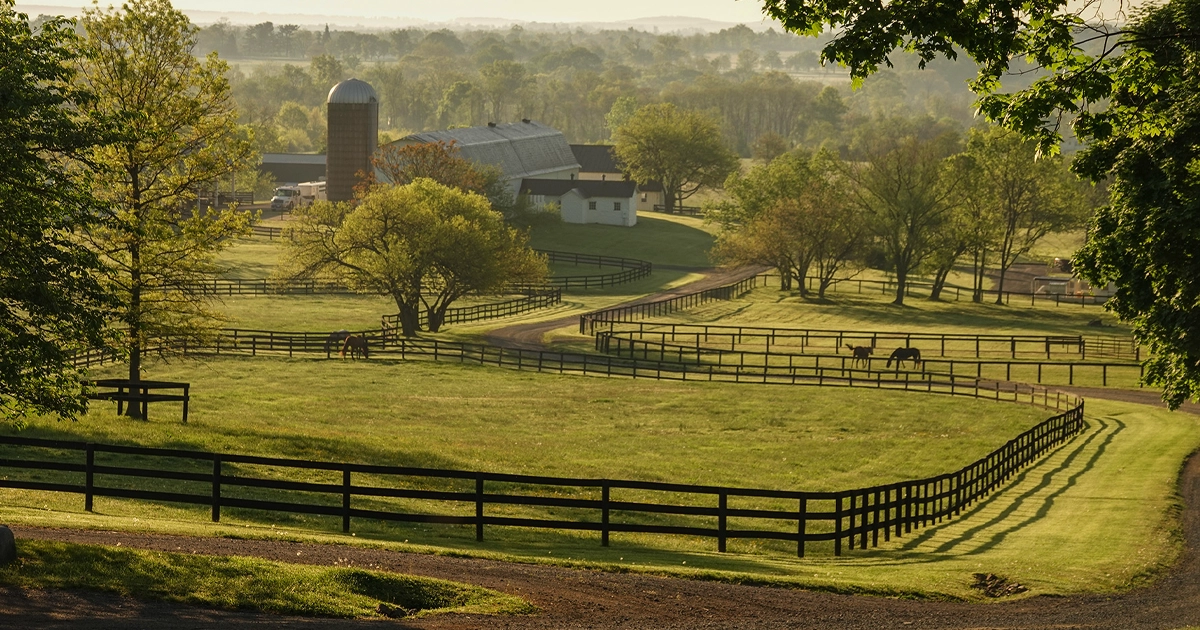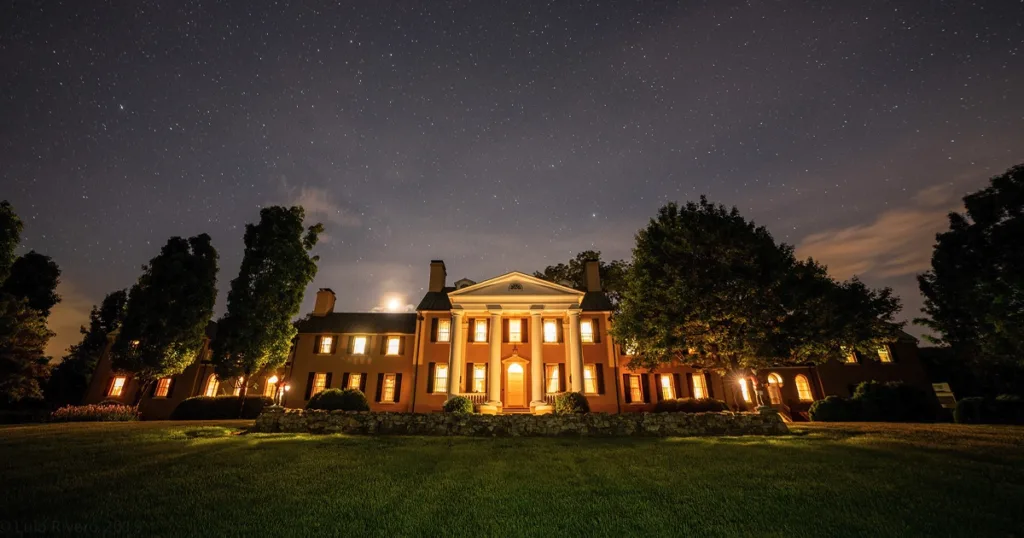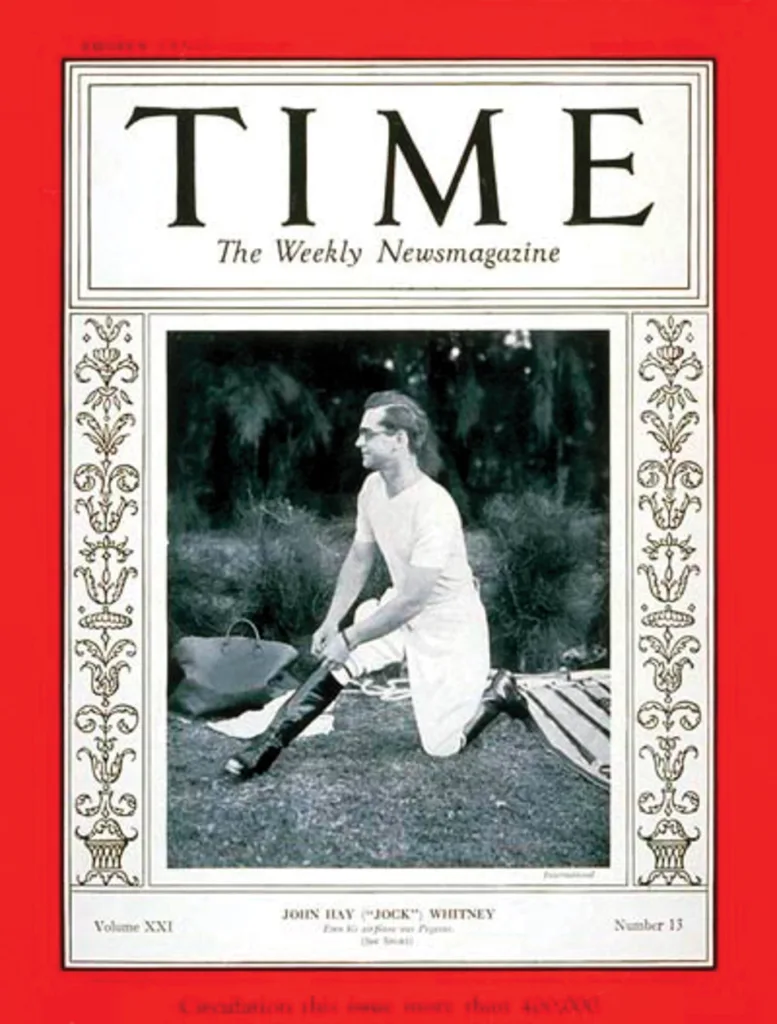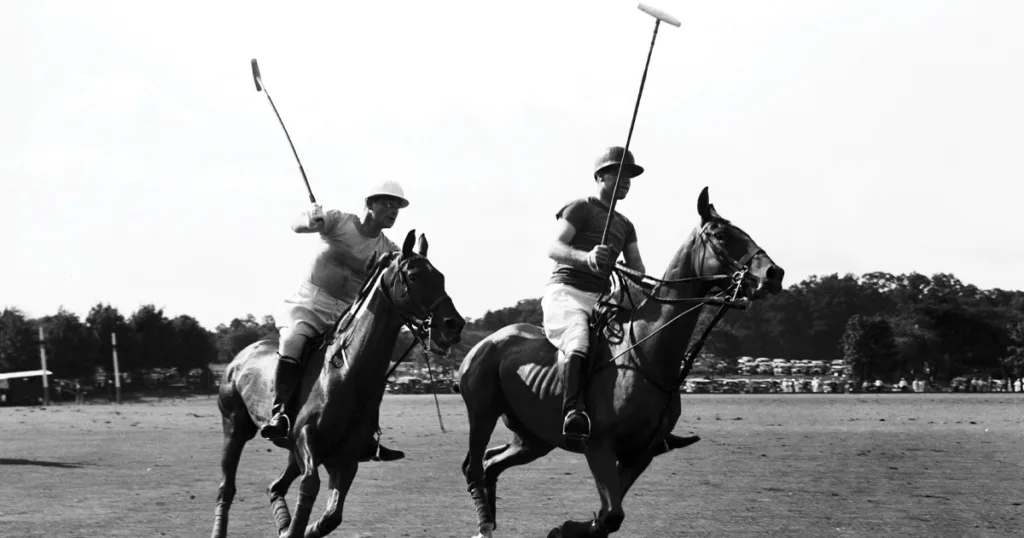Virginia Hunt Country Landmark
Virginia Hunt Country Landmark
By Drew Beard

LR_Llangollen-01
Donald Brennan looks out across Llangollen. “The view from the front door of this house is just awesome,” he tells me, still genuinely amazed by the expanse of gently rolling farm and fields that he’s had the privilege to observe for nearly two decades.
The retired chairman of Morgan Stanley Capital Partners is right to be impressed. Nestled at the base of a Blue Ridge Mountains foothill, Llangollen’s manor house has unencumbered views across much of Virginia’s finest hunt country.
He points out the mile-long, tree-lined driveway and recalls the first time he set eyes on the property in 2006. “I was about halfway up to the house. I thought to myself this place has to be preserved, and I want to be its steward,” he remembers. “That was without even going into the main house, which is impressive, but it’s only an element in a very large mosaic.”
“Mosaic” is an appropriate way to describe this iconic and versatile property. Its more than 1,100 acres are dotted with barns, ponds, fields, and fenced pastures of varying shades and textures divvied up by miles of centuries-old stone walls. A six-mile network of roads weaves throughout, blending into the pristine landscape and minimizing farm traffic around the 12,500-square-foot manor house.

Ideal Grazing Ground
Llangollen is unique in this undulating corner of Virginia countryside. Although it is framed by the low-slung foothills of the Blue Ridge Mountains, much of the land is level, a fact that has appealed to its proprietors, including Donald Brennan, for more than two centuries.
“Llangollen has about 750 acres of flat land, but a lot of the neighboring properties meld into the Blue Ridge on a grade,” says Brennan. Llangollen’s earliest owners found this topography ideal for farming and cattle grazing. The renowned sportsman Jock Whitney saw its potential as a Thoroughbred breeding farm. For Brennan, it was polo.
While the property was compelling for his family’s sporting interests, it was not the only feature that drew him to Llangollen. “I wanted a property with historic significance,” says Brennan. “It’s not only the property but also the pedigree that cannot be replicated. Think about the people who have been through this place,” Brennan muses. “Washington, Lafayette, John Marshall, J.E.B. Stuart, Joshua Chamberlain, Jock Whitney. I’m just a footnote.”
Llangollen in a Word
There’s a lively debate about what the Welsh word llangollen actually connotes. “The translation I prefer is ‘the center,’ ” says Brennan, “It fits with the history of the property.”
The Powell family, who christened the estate toward the end of the 18th century, was originally from the Welsh town of Llangollen. The name they chose represented more than just their transatlantic ties. From the very start, Llangollen has existed at the center of any number of curious and even momentous events.
A small patent house — now the manor house’s breakfast room — was constructed in 1795 on land owned by Supreme Court Chief Justice John Marshall at the intersection of four parcels surveyed by none other than George Washington and purchased from the expansive holdings of Baron Cameron, the sixth Lord Fairfax. Lt. Colonel Leven Powell, a distinguished member of the Powells, purchased the patent house and 18 acres not long after it was constructed. Within a few decades, the property had grown to well more than 500 acres with a grand manor at its center.
American Civil War
During the Civil War, Llangollen had a front-row seat to several important battles. “It was a cornerstone of a lot of activity right on its doorstep,” says Brennan. “If you were sitting on the veranda, J.E.B. Stuart would be to your right and the Union forces under Chamberlain would be coming across the front pastures.” Chamberlain not only defended the Union retreat from Bull Run near Llangollen, but the Battle of Upperville, a pivotal engagement during the Gettysburg campaign, was fought on its very soil.
In their pursuit of John Mosby and the 43rd Virginia Cavalry, Union forces destroyed many farms in the Upperville area. Despite the Gray Ghost’s use of Llangollen’s manor house as a hideout, the property survived the war largely unscathed. Several antebellum structures still stand to this day. “The pub area in the cellar was allegedly Mosby’s hangout,” says Brennan.
After decades of war and uncertainty, the turn of the 20th century ushered in a time of prosperity and celebrity for Llangollen as well-to-do equestrians and sportsmen were drawn to the Virginia countryside.
Jock Whitney
 Owners in the early 20th century expanded the estate and invested heavily in the manor house, but it was a Whitney heir, John Hay “Jock” Whitney, who elevated the estate’s renown by establishing it as a leading national equestrian venue.
Owners in the early 20th century expanded the estate and invested heavily in the manor house, but it was a Whitney heir, John Hay “Jock” Whitney, who elevated the estate’s renown by establishing it as a leading national equestrian venue.
Like Brennan, Jock and his fiancée, Mary Elizabeth “Liz” Altemus, had a passion for horses. As a young girl, Liz had developed a fondness for Virginia hunt country while competing at the Upperville Colt & Horse Show. Established in 1853, Upperville ranks as the oldest horse show in America.
As a wedding gift to Liz, Jock purchased the property in 1931 for $150,000. But that was not the only gift to his new bride. To celebrate their wedding, he hosted a two-day steeplechase, the Llangollen Race Meeting. The winner received the newly christened Llangollen Cup and a $5,000 cash prize, the largest purse of its kind.
“Jock Whitney built a replica of England’s National Course at Aintree on the east side of the property for the races,” says Brennan, still a little astonished. “It only had two races over one weekend, and 20,000 people came out for it. How they all got there and where they stayed, I have no idea.”
Jock significantly expanded and updated the estate’s main house, and he added several impressive equine-related structures. The jewel is the horseshoe-shaped, 24-stall stable, which remains a focal point of the property today.
After the couple divorced in 1940, Liz remained at Llangollen, where she became a fixture of hunt-country high society, developing a championship stable on the property, hosting steeplechases, and throwing lavish parties attended by swells and politicos from Washington, D.C.
A Legacy Preserved
After Liz Whitney died in 1988, Llangollen was almost lost. “The place was in very serious disrepair,” says Brennan. Fortunately, it was purchased by Roy Ash, a devoted and prudent caretaker. The co-founder of Litton Industries and a senior official in the Nixon White House, Ash acquired the property in 1989 and saved it from lurking developers. “He brought the same affinity that I did to restoring Llangollen,” says Brennan, who purchased the property from the Ash family in 2006.
Llangollen’s equine facilities had not been utilized since the end of Liz Whitney’s ownership, and Brennan, with the urging of his family, immediately set about restoring the property’s equestrian prestige.
“In the 1970s, I had children who wanted ponies, which led to horses, which led to serious horses,” he says with a smile. His youngest daughter, Maureen, followed her childhood passion to become a fixture in US polo, founding the Virginia International Polo League and winning several national tournaments.
World-Class Polo
A highlight of Llangollen today is the sprawling polo complex, meticulously designed and constructed by Brennan in 2007 with an oversize Patriot Bermuda grass pitch that is “as flat and soft as a pool table,” says Brennan. While polo matches are no longer regularly held on the property, the fields and facilities remain in impeccable condition, a turnkey operation for any polo enthusiast.
In addition to the equestrian assets, Brennan updated the manor house to accommodate his large family.
“I have 18 grandchildren, so we needed to expand the kitchen,” he says with a chuckle. The home, a blend of Federal and Colonial Revival styles, wears its centuries of improvements well: a mix of modern comforts and 19th-century details that preserve the home’s history along with its livability.
“My role at Llangollen was as a temporary steward,” says Brennan. He readily admits that the time has come to pass the torch to the next generation of Llangollen custodians and has listed the estate for $26.5 million with Alex Webel at Hall and Hall.
“I did everything I could to preserve its character, both from a historic and functional standpoint.” In 2017, Brennan commissioned an exhaustive history of the property and had Llangollen added to the National Register of Historic Places.
“Especially in the fall with the leaves turning, it always took my breath away that I owned this place,” he observes with gratitude in his voice. Far from a mere footnote, he and his family have added an important chapter to Llangollen’s historic and ever-changing story, which Brennan acknowledges may never be finished. “I view these kinds of properties as timeless.”
Published in The Land Report Summer 2024.







